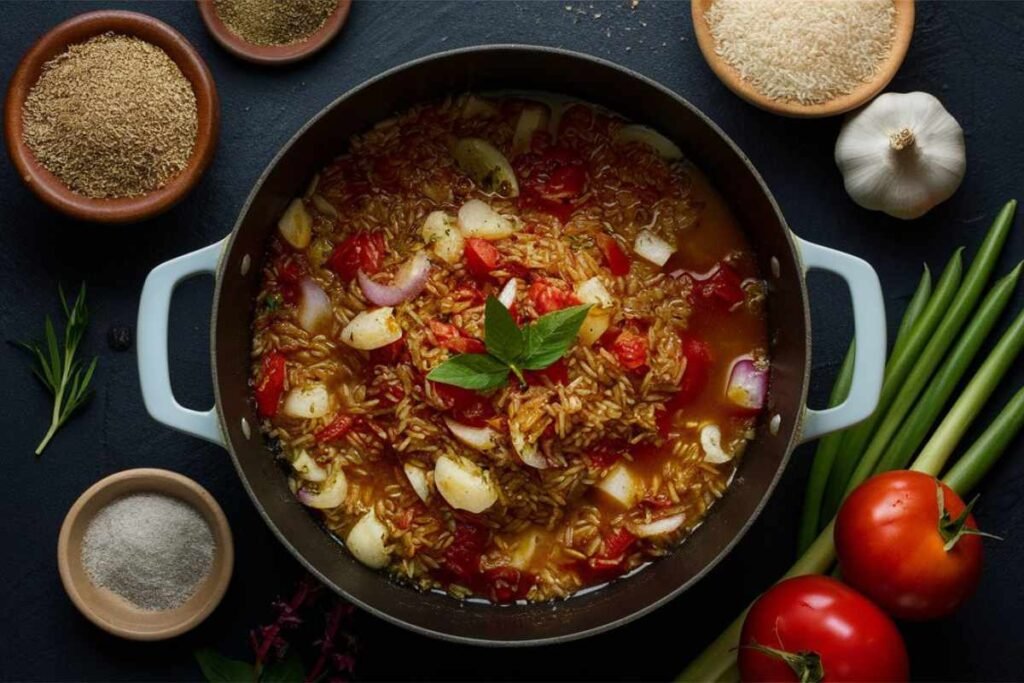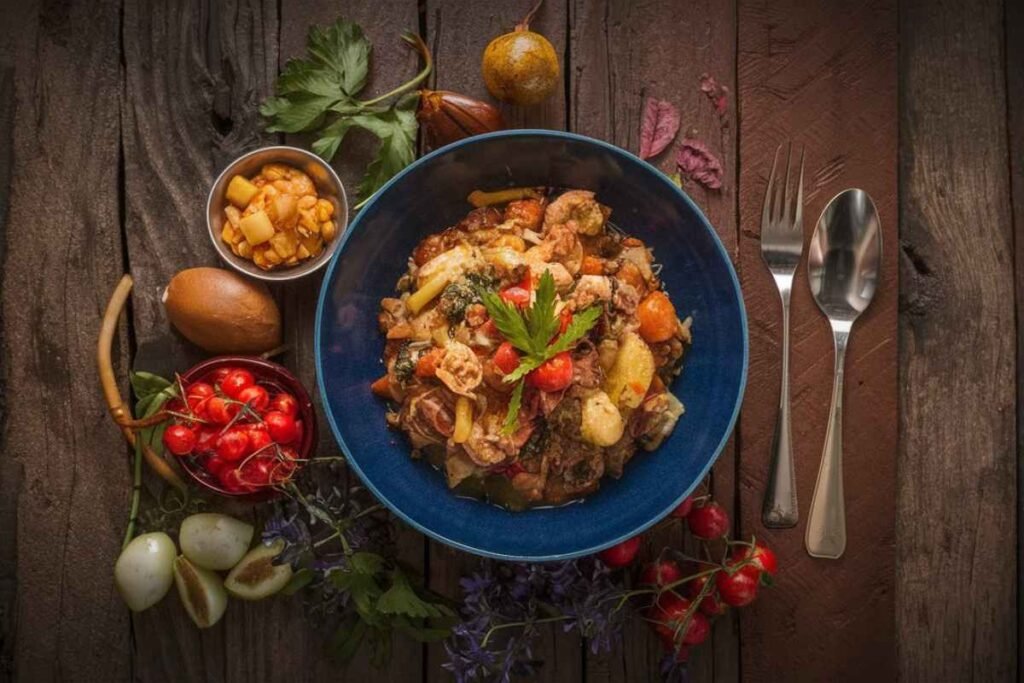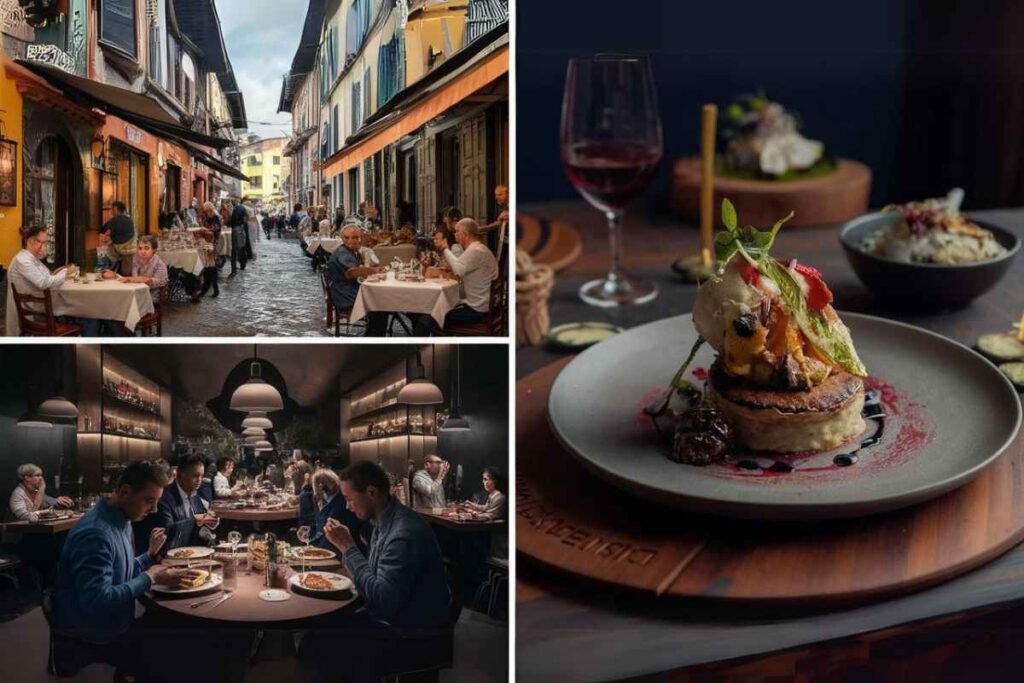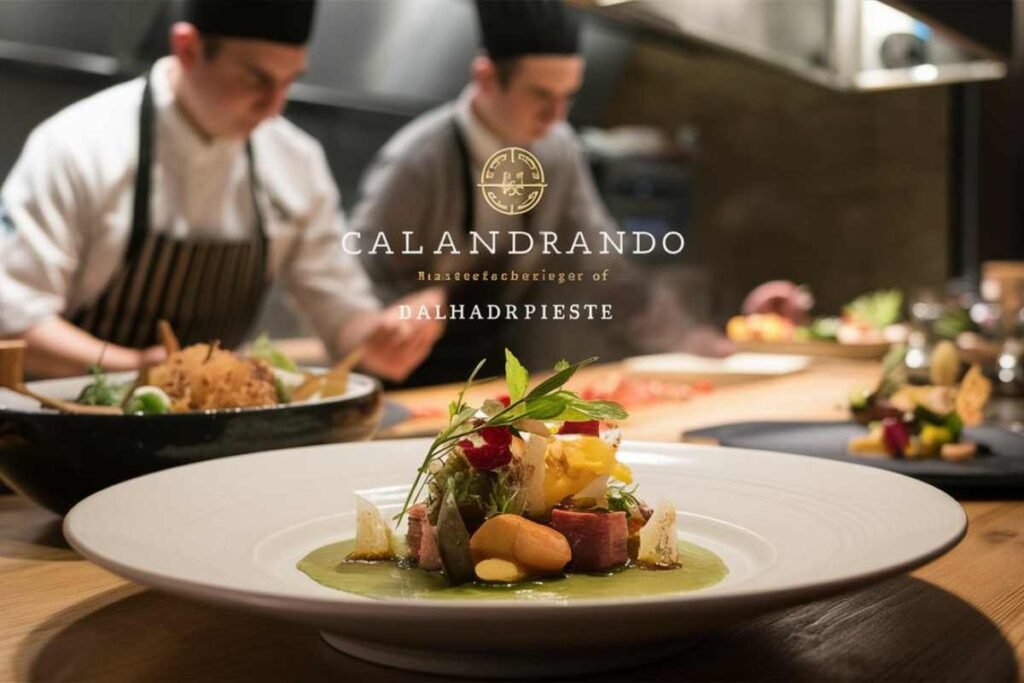Table of Contents
Calandrando is more than just a dish; it represents a fusion of culinary tradition and modern innovation.
Originating from Italy’s rich gastronomic landscape, Calandrando showcases the essence of Italian cuisine simple yet robust flavors, regional diversity, and cultural heritage.
This article explores the origins, cultural significance, and contemporary interpretations of Calandrando, offering a unique perspective on this beloved culinary tradition.
Origins and Historical Context

From Rural Roots to Modern Plates
Calandrando traces its roots to the rural communities of central Italy, where resourcefulness in cooking was essential.
The term “Calandrando” is believed to derive from “calandro,” referring to a type of small bird found in the region, symbolizing the rustic and natural origins of the dish.
Historically, Calandrando was a hearty meal prepared during communal gatherings, reflecting the spirit of togetherness and hospitality.
Cultural Influences
The evolution of Calandrando mirrors the broader history of Italian cuisine, influenced by Greek, Roman, Arab, and Spanish culinary traditions.
Each culture introduced new ingredients and cooking methods, enriching Italian dishes with diverse flavors.
This cultural amalgamation is evident in Calandrando, which incorporates ingredients like Arborio rice, tomatoes, and a variety of herbs and spices.
The Essence of Calandrando

Traditional Ingredients and Techniques
At its core, Calandrando emphasizes the use of high-quality, fresh ingredients and traditional cooking methods.
Key ingredients typically include Arborio rice, chicken or beef broth, tomatoes, onions, garlic, and a blend of Italian herbs such as oregano and basil.
The dish is often simmered slowly, allowing the flavors to meld and create a rich, hearty meal.
Basic Ingredients:
- Arborio rice
- Chicken or beef broth
- Tomatoes
- Onions
- Garlic
- Italian herbs and spices
Cooking Process:
Sauté Onions and Garlic: Begin by sautéing onions and garlic in olive oil until golden brown.
Add Arborio Rice: Add the rice to the pan and toast lightly to enhance the flavor.
Add Broth and Tomatoes: Pour in the broth, diced tomatoes, and seasonings.
Simmer: Simmer the mixture over low heat, stirring occasionally, until the rice is cooked through and has absorbed the flavors.
Serve: Serve hot, garnished with fresh herbs and a drizzle of olive oil.
Contemporary Interpretations
Modern chefs have embraced Calandrando by incorporating contemporary techniques and global flavors.
For example, some chefs substitute traditional rice with quinoa or farro for a modern twist, while others experiment with exotic spices or plant-based proteins to cater to diverse dietary preferences.
These innovations highlight Calandrando’s versatility and adaptability in contemporary cuisine.
Modern Twists:
- Substitute rice with quinoa or farro
- Incorporate exotic spices
- Use plant-based proteins
Cultural Significance

A Symbol of Community and Hospitality
In Italian culture, Calandrando is more than just food; it symbolizes community and hospitality.
Traditionally, the dish was prepared for family gatherings and celebrations, fostering a sense of connection and togetherness.
Sharing a meal of Calandrando is a bonding ritual that transcends generations, preserving cultural heritage and culinary traditions.
Educational and Preservation Efforts
Culinary schools and cooking classes worldwide are incorporating Calandrando principles into their curricula.
By teaching students about the historical context and traditional techniques of Italian cuisine, these programs help preserve this rich culinary heritage for future generations.
This educational approach ensures that the essence of Calandrando remains vibrant and relevant in modern gastronomy.
Crafting Delicious Calandrando Dishes at Home
Step into the world of culinary artistry with Calandrando, a cuisine that weaves bold flavors, vibrant ingredients, and creative techniques into unforgettable dishes. Whether you’re a seasoned chef or a passionate home cook, crafting Calandrando dishes at home opens the door to a journey of exploration and flavor. With its emphasis on fresh ingredients and innovative twists, this style of cooking allows you to transform everyday meals into extraordinary culinary experiences. Get ready to unleash your inner chef and bring the essence of Calandrando to your kitchen, one delicious dish at a time.
Experiencing Calandrando Today

Authentic Culinary Experiences
For those seeking an authentic taste of Calandrando, Italy offers a plethora of options. Local trattorias and family-run restaurants serve traditional Calandrando dishes made with recipes passed down through generations.
Visiting these establishments provides an immersive experience into Italian culinary culture and the warm hospitality associated with it.
Modern Culinary Adventures
Innovative chefs and restaurants around the world are also exploring Calandrando, offering modern interpretations that blend traditional flavors with contemporary techniques.
These creative variations, from Calandrando-inspired sushi rolls to vegan renditions, reflect the dynamic nature of modern gastronomy and the endless possibilities of this classic dish.
Conclusion
Calandrando is a beautiful tribute to Italy’s rich culinary heritage, seamlessly blending tradition with modern innovation. Steeped in history, it preserves its cultural essence through cherished recipes and the joy of shared dining experiences.
At the same time, its adaptability shines through contemporary reinterpretations, making it a favorite among food enthusiasts worldwide.
Whether savored in a cozy Italian trattoria or crafted in a modern home kitchen, Calandrando enchants with its bold flavors and the warmth it brings to every meal.
This timeless dish celebrates Italy’s gastronomic legacy while inspiring creativity, ensuring its place in kitchens and hearts for generations to come.
FAQs
What does “Calandrando” mean?
“Calandrando” is believed to derive from “calandro,” referring to a type of small bird found in central Italy.
What are the basic ingredients of Calandrando?
Basic ingredients include Arborio rice, chicken or beef broth, tomatoes, onions, garlic, and Italian herbs and spices.
What are some modern twists on Calandrando?
Modern twists may involve substituting rice with quinoa or farro, incorporating exotic spices, or using plant-based proteins.
Why is Calandrando significant in Italian culture?
Calandrando symbolizes community and hospitality, traditionally prepared for family gatherings and celebrations.
How is Calandrando preserved for future generations?
Culinary schools and cooking classes worldwide teach the historical context and traditional techniques of Calandrando, preserving its rich culinary heritage.
Where can one experience authentic Calandrando?
Local trattorias and family-run restaurants in Italy serve traditional Calandrando dishes made with recipes passed down through generations.
How do contemporary chefs experiment with Calandrando?
Contemporary chefs worldwide offer modern interpretations of Calandrando, blending traditional flavors with global techniques.
What makes Calandrando a timeless dish?
Calandrando’s blend of tradition and modernity, robust flavors, and sense of togetherness ensure its enduring appeal for generations to come.


